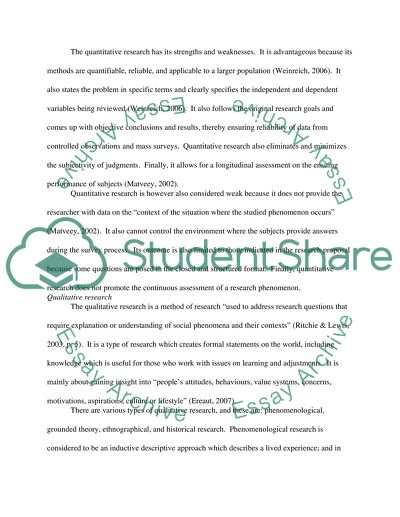Cite this document
(“Research Methodology Essay Example | Topics and Well Written Essays - 2500 words - 4”, n.d.)
Retrieved from https://studentshare.org/miscellaneous/1571460-research-methodology
Retrieved from https://studentshare.org/miscellaneous/1571460-research-methodology
(Research Methodology Essay Example | Topics and Well Written Essays - 2500 Words - 4)
https://studentshare.org/miscellaneous/1571460-research-methodology.
https://studentshare.org/miscellaneous/1571460-research-methodology.
“Research Methodology Essay Example | Topics and Well Written Essays - 2500 Words - 4”, n.d. https://studentshare.org/miscellaneous/1571460-research-methodology.


